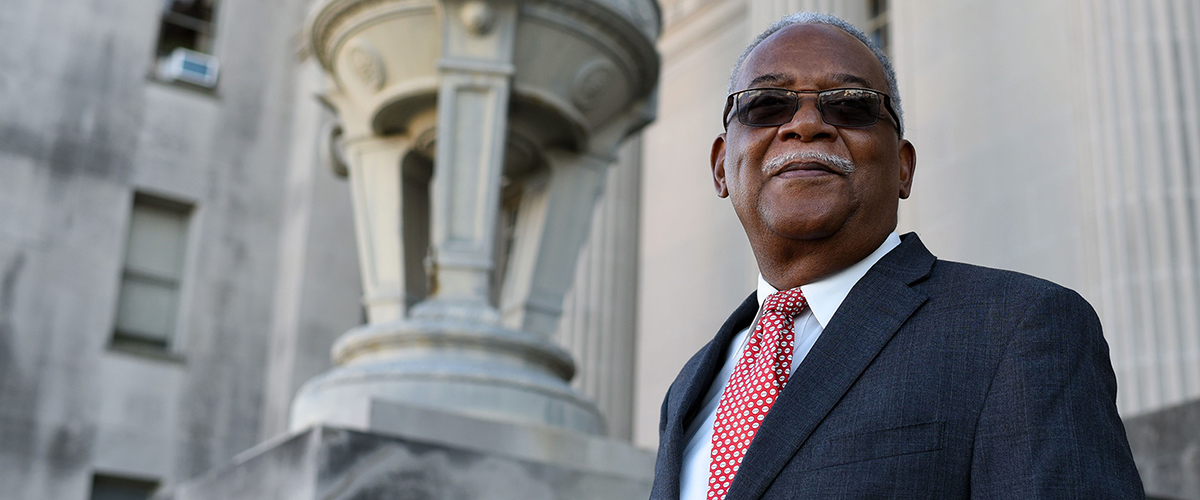Community Engagement Featured Jurisdictions Interagency Collaboration July 15, 2019
Earlier this month, members of the Safety and Justice Challenge Network met in Denver to discuss progress on our shared goals of reducing jail incarceration while creating fairer, more effective justice systems. Stakeholders from 39 jurisdictions gathered to share their experiences and expertise in developing and implementing reform strategies, while also securing buy-in from their local communities.
A common theme that has emerged from the on-the-ground work is that securing buy-in can be a difficult process. To help facilitate that process, the conference hosted several sessions on community engagement and community partnerships.
Storytelling—illustrating the actual lives impacted by our work—is a highly effective way to demonstrate the need for change, and influence the public opinion needed to support data-driven reform. We’ve seen this before—as in the tragic death of Kalief Browder—whose story in The New Yorker helped propel the dialogue around closing Rikers Island jail.
At the Denver meeting, the power of storytelling to drive change was examined by a panel of storytellers—moderated by the MacArthur Foundation’s Patrick Griffin and Lauren Pabst—who came together to share their work with the conference:
- Filmmaker Garrett Bradley directed a short film for the New York Times about her friend Aloné, a young woman in New Orleans who decides to marry her fiancé while he is incarcerated.
- Independent Producer Eve Abrams produced a series for New Orleans Public Radio sharing stories of those incarcerated across Louisiana and their loved ones on the outside.
- StoryCorps Editor-in-Chief Michael Garofalo presented the StoryCorps Justice Project—a new initiative supported by the Challenge that includes audio files, animated gifs, and illustrations to further tell the stories of people affected by jail incarceration.
Each panelist explained his or her unique path to telling the stories of others. It was an important reminder of the power of storytelling to hold people together, and how shared values around equality and justice can connect people across disparate paths.
Panelists stressed the importance of not only telling stories, but listening to them as well. Take, for instance, the story of Jamal Faison and Born Blackwell, animated and audio-recorded by the StoryCorps Justice Project. Jamal, a 20-year-old college student, was arrested for attempting to steal mobile devices from subway riders in New York, but maintains that he wasn’t involved in the robbery. Jamal was incarcerated and awaited trial for eight months on Rikers Island, before he pled guilty and was released from custody. His uncle Born visited him almost weekly while he was incarcerated, and Jamal credits Born with helping him navigate life after incarceration, which was filled with barriers to important needs like housing, employment, and other social services.
Jamal’s story is a perfect illustration of the ease with which an arrest can upend someone’s life, and how the consequences of incarceration can continue long after someone has left jail or prison. I encourage you to watch the animation, listen to the Justice Project prodcast, see other stories from the Justice Project, and explore the work by Garrett and Eve. People like Jamal and Born are hiding in plain sight in the jurisdictions we all work in, and hearing their stories allows us to view our system of incarceration through a different lens while driving home the immediate need for reform.
*Pictured from left: Patrick Griffin, Lauren Pabst, Garrett Bradley, Eve Abrams, and Michael Garofalo at the Safety and Justice Challenge conference in Denver


